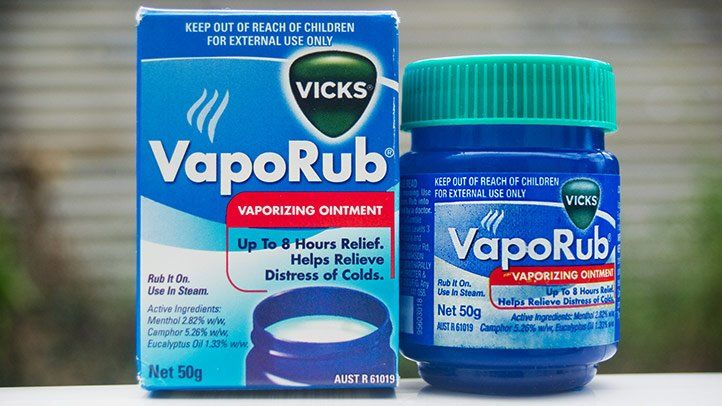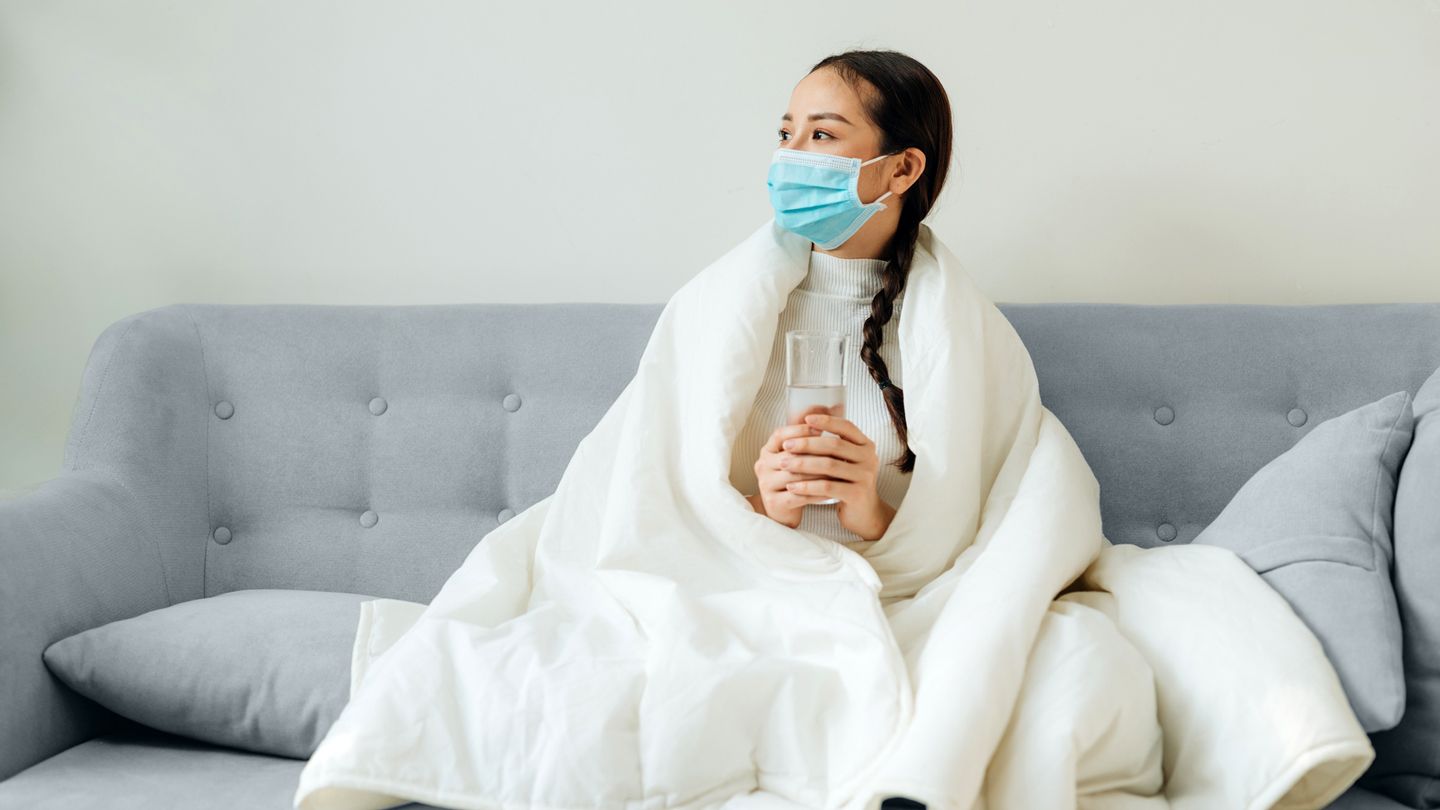When the Endless Dripping and Draining Finally Stops: Understanding Phlegm and Mucus
That constant tickle in your throat. The dripping sensation in the back of your nasal passages. The urge to hack up globs of gunk. Phlegm and mucus can be annoying and uncomfortable nuisances. But they actually serve important bodily functions.
Learning what phlegm and mucus are, what they do, and how they may signal underlying issues can help you figure out how to find relief when your symptoms feel endless. Read on to discover everything you ever wanted to know about putting an end to bothersome phlegm and mucus once and for all.
What Are Phlegm and Mucus?
Phlegm and mucus refer to the thick, wet substances produced by mucous membranes in the body. Mucous membranes line cavities and canals that open to the outside, like the respiratory and digestive tracts.
Phlegm mainly refers to mucus produced by the lower respiratory tract, while mucus can come from the nasal passages, sinuses, mouth, throat, lungs, and gastrointestinal tract. Despite some differences, phlegm and mucus have similar compositions and functions.
Their key components are water, proteins, antibodies, and electrolytes. The specific consistency can range from thin and watery to thick and gooey depending on hydration status and additions like dust, bacteria, and cell debris.
What Does Mucus Do?
Mucus might feel like a pesky annoyance, but it serves pivotal protective roles throughout the body, including:
- Trapping inhaled irritants - Mucus in the nasal passages and lungs traps dust, bacteria, viruses, and other particles before they reach more vulnerable tissues.
- Moisturizing - Mucus contains key electrolytes that help keep mucosal tissues from drying out.
- Digestion - Mucus in the gut provides a protective barrier while also lubricating the lining to aid nutrient absorption.
- Wound healing - Specialized mucus secreted during injury response helps repair damaged mucosal tissue.
Without mucus acting as an antimicrobial, moisturizing shield, the body would be far more vulnerable to pathogens, irritation, and injury. Phlegm serves the same protective functions in the lungs and airways.
What Causes Excessive Phlegm and Mucus?
Phlegm and mucus production constantly adapt to changing environmental conditions and immune activity. Excessive phlegm or mucus often arises when the body is responding to irritation, inflammation, or infection, including:
Allergies
Inhalation of allergy triggers like pollen, pet dander, or dust mites stimulates increased mucus secretion. This attempts to trap and remove allergens from the nasal passages and lungs.
Respiratory Infections
Bacterial and viral respiratory infections prompt massive increases in phlegm and mucus to try to get rid of the invading bugs. Pneumonia, bronchitis, sinusitis, and the flu are common culprits.
Smoking
Cigarette smoke irritates and damages the airways, provoking mucus hypersecretion. Smoking also impairs the clearance of phlegm and mucus, causing congestion.
Environmental Irritants
Inhaling pollutants, strong fumes, dry air, and other irritants triggers increased mucus production to protect respiratory tissues from inflammation.
GERD
Acid reflux can irritate the throat and stimulate increased mucus secretion. Postnasal drip from sinus inflammation can also worsen GERD.
Chronic Conditions
Respiratory diseases like chronic bronchitis, cystic fibrosis, and asthma involve airway inflammation that heightens phlegm production. Immune disorders can also increase mucus.
When to See a Doctor
Occasional bouts of phlegm or mucus are normal, especially with respiratory infections. But certain signs and symptoms warrant medical evaluation, including:
- Persistent or worsening symptoms lasting over 2 weeks
- Severe difficulty breathing or shortness of breath
- Unexplained weight loss
- Fever over 101 F
- Blood in phlegm or mucus
- Green or yellow phlegm or mucus, signaling possible infection
- New onset of symptoms in older adults
Seeing a doctor can help diagnose any underlying illness and provide appropriate treatment to help you finally stop constantly clearing your throat and coughing up phlegm.
Diagnosing Increased Phlegm and Mucus
To get to the bottom of bothersome phlegm or mucus, doctors may use:
- Medical history - Looking at symptom onset, environmental/occupational exposures, and other key factors.
- Physical exam - Checking for fever, swollen lymph nodes, wheezing, and other signs.
- Imaging - CT scans, X-rays, or MRI to visualize sinuses, airways, and lungs.
- Sputum tests - Analyzing phlegm and mucus under a microscope to check for infection.
- Allergy testing - Skin or blood tests to identify potential allergy triggers.
Identifying contributing factors like illness, allergies, smoking, or GERD can inform the best treatment options for managing phlegm or mucus.
How to Get Rid of Phlegm and Mucus
A range of remedies and lifestyle changes can help clear up excessive phlegm and mucus, including:
Increase Fluid Intake
Drinking more water helps thin out mucus secretion and improves productive coughs to clear phlegm. Warm liquids can be especially soothing.
Use Humidifiers
Humidifying the air prevents dehydration of mucosal tissues and keeps phlegm and mucus from drying out and worsening congestion.
Irrigate Nasal Passages
Saline sprays, nasal irrigation devices, and neti pots can help flush thickened mucus from sinuses and nasal passages.
Take Guaifenesin
This over-the-counter expectorant helps loosen phlegm and mucus to make coughing more productive.
Try Mucolytics
Medications like N-acetylcysteine (NAC) help break down mucus for easier elimination.
Use Nasal Strips
Adhesive strips lift open nasal passages at night to allow better breathing and prevent postnasal drip.
Avoid Irritants and Allergens
Preventing exposures to smoke, pollution, allergies, and other triggers can reduce unnecessary phlegm and mucus responses.
Treat Underlying Conditions
Getting proper treatment for infections, acid reflux, respiratory diseases, and other underlying medical issues can resolve associated phlegm/mucus symptoms.
When Phlegm and Mucus Need Medical Treatment
Over-the-counter remedies and lifestyle changes go a long way for temporary phlegm or mucus. But chronic or severe symptoms often require medical treatment, which may include:
- Antibiotics - For bacterial respiratory infections causing excessive phlegm/mucus.
- Inhaled steroids - To reduce airway inflammation in asthma and chronic bronchitis.
- Nebulizer treatments - Delivering mist medication directly into the lungs to break up mucus.
- Nasal steroid sprays - For controlling inflammation from sinusitis or allergic rhinitis.
- Decongestants - Oral or nasal decongestants constrict blood vessels to clear nasal and sinus congestion.
- Antihistamines - Blocking histamine response provides allergy relief and reduces mucus production.
- GERD medication - Controlling acid reflux and preventing mucus hypersecretion.
Your doctor can recommend appropriate medications and treatments based on your specific symptoms and health history. Proper treatment helps get phlegm and mucus under control so you can finally breathe freely and stop endless throat-clearing.
Putting an End to Annoying Phlegm and Mucus
Dealing with chronic dripping, congestion, and throat-clearing is frustrating and limiting. But understanding the causes of phlegm and mucus overload enables you to find the right solutions.
A combination of at-home remedies and medical treatment tailored to your specific situation can get excessive phlegm and mucus under control. With the right management plan, you can finally stop annoying symptoms for good and breathe easy again.
FAQs
What is the difference between phlegm and mucus?
Phlegm refers specifically to mucus produced by the lower respiratory tract, while mucus can come from the nasal passages, throat, sinuses, and other areas. But they have similar compositions and functions.
What causes excessive phlegm and mucus production?
Allergies, respiratory infections, smoking, environmental irritants, GERD, and chronic respiratory diseases are common culprits of increased phlegm and mucus secretion as the body tries to protect itself.
When should you see a doctor for phlegm/mucus?
See a doctor if symptoms last over 2 weeks, you have difficulty breathing, unexplained weight loss, fever over 101°F, blood in phlegm/mucus, or green/yellow phlegm indicating infection.
How can you get rid of excess phlegm and mucus?
Drink more fluids, use a humidifier, irrigate nasal passages, take expectorants/mucolytics, avoid irritants and allergens, and get proper treatment for underlying conditions. Over-the-counter and prescription medications may be needed.
Is endless phlegm and mucus normal?
No, chronic excessive phlegm and mucus are signs something is wrong. With lifestyle changes and proper medical treatment tailored to the cause, you can find relief and finally stop endless throat clearing, coughing, and congestion.
Disclaimer: This article is for informational purposes only and does not constitute medical advice. Always consult with a healthcare professional before starting any new treatment regimen.
Related Coverage
Learn about the ongoing debate over just how effective Vicks VapoRub really is at treating coughs and colds. Get the facts on ingredient safety concerns and tips for proper usage....
Onion honey packs a punch against colds with anti-inflammatory, antimicrobial and throat-soothing properties. Learn how to make and take this sweet and savory DIY remedy....
Profi nasal spray offers a needle-free solution for effective influenza prevention, targeting the virus directly at its source....
Seeing mucus or phlegm in the back of the throat is common but can signal infections, allergies, smoking, weather changes, etc. Learn reasons for mucus, when to seek care....
Learn how to identify, harvest, and consume different varieties of acorn nuts. Includes tips on gathering ripe acorns from oak trees and using them in recipes....
Discover the remarkable health benefits of the combination of onions and honey, a potent duo revered for centuries in traditional medicine. #onionsandhoneybenefits...
Hemorrhoids themselves are not contagious and cannot spread from person to person. However, bacteria that worsen hemorrhoid inflammation and discomfort can transmit through poor hygiene....
Daytime cold and flu symptoms like sore throat, fever, aches, and fatigue can make it hard to function. Learn how to manage symptoms, treat at home, and know when to see a doctor....
Placing cough drops in hot tea makes an easy, convenient home remedy for coughs and sore throats. Learn how to maximize the benefits of vapor, menthol, and more....
Honey remains a top natural cough remedy for fast relief day or night. Keep a jar handy to instantly soothe sore throats, reduce coughing fits, allow restful sleep....









